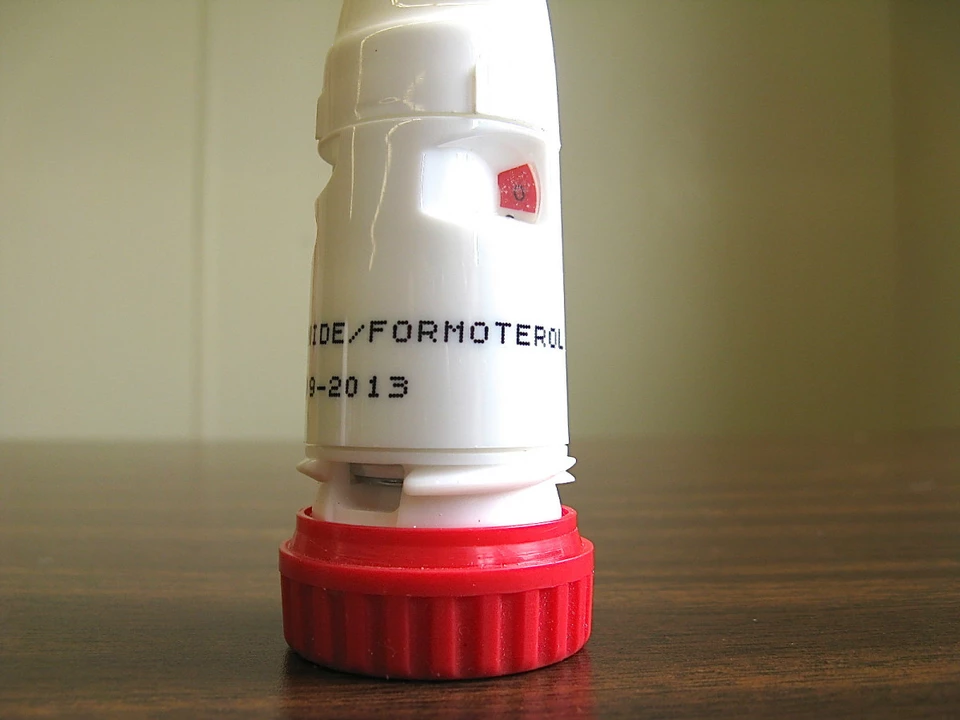If you or someone you love lives with asthma, everyday life can feel like a constant balancing act. The good news is that most flare‑ups are preventable with the right habits and tools. Below you'll find practical advice you can start using today, from inhaler tricks to home changes that keep symptoms at bay.
First off, know your triggers. Common culprits are pollen, dust mites, pet dander, smoke and strong odors. Keep a short notebook and jot down when symptoms flare up—this helps you spot patterns fast.
When it comes to inhalers, technique matters more than the brand. Sit upright, shake the device, exhale fully, then place the mouthpiece in your mouth. Press down while starting a slow, steady breath, and hold that breath for about ten seconds before breathing out. Doing this correctly delivers medication deep into the lungs where it works best.
Set a daily reminder on your phone to take any controller meds even if you feel fine. Skipping doses can make the airways more sensitive, turning a mild cough into a full‑blown attack.
Keep your home clean but avoid harsh chemicals. Use hypoallergenic bedding covers, wash sheets in hot water weekly, and vacuum with a HEPA filter. If mold is an issue, fix leaks promptly and run a dehumidifier in damp rooms.Exercise can boost lung capacity, but start slow. Warm up for five minutes, choose low‑impact activities like walking or swimming, and always have your rescue inhaler nearby. If you notice wheezing during a workout, pause and use your inhaler—then reassess if the intensity is right for you.
If you need your rescue inhaler more than twice a week, it's time to talk to your doctor. Frequent use signals that your current plan isn’t covering the underlying inflammation.
Ask about a peak flow meter. It’s a small device that measures how fast you can blow air out of your lungs. Recording numbers daily helps spot early warning signs before symptoms become obvious.Consider an asthma action plan written by your healthcare provider. This paper outlines what steps to take at each symptom level, when to call the clinic, and which meds to use. Having a clear roadmap reduces panic during sudden attacks.
If you’re pregnant, have a new child, or notice unusual side effects from medication, schedule an appointment promptly. Adjustments are often simple—changing dosage, switching inhaler type, or adding a short‑course steroid can make a big difference.
Lastly, stay informed. Reliable sources like your doctor’s office, reputable health websites, and patient support groups give updates on new treatments and breathing techniques. Knowledge empowers you to keep asthma in check rather than letting it control you.
Managing asthma is about consistency—regular meds, smart trigger avoidance, and knowing when to get help. Use the tips above as a starting point, tweak them for your lifestyle, and you’ll notice fewer nights of coughing and more days of easy breathing.
